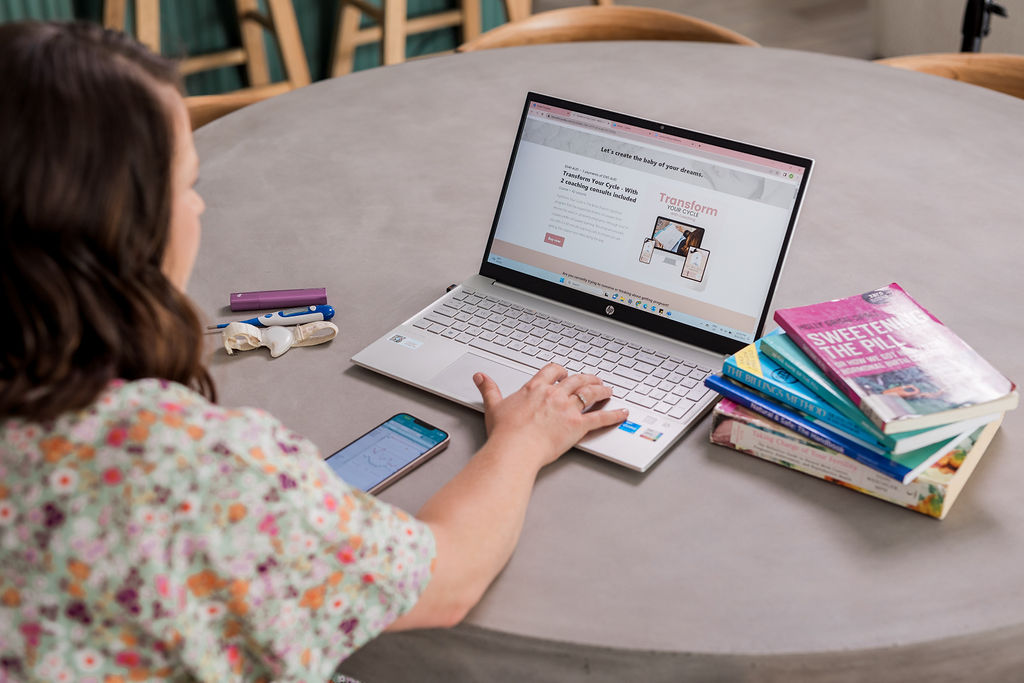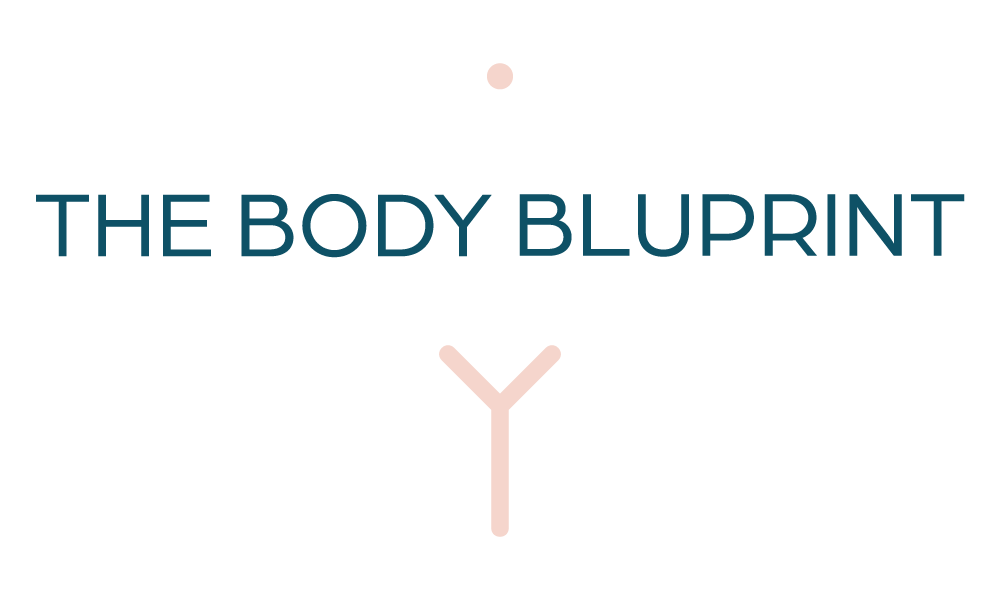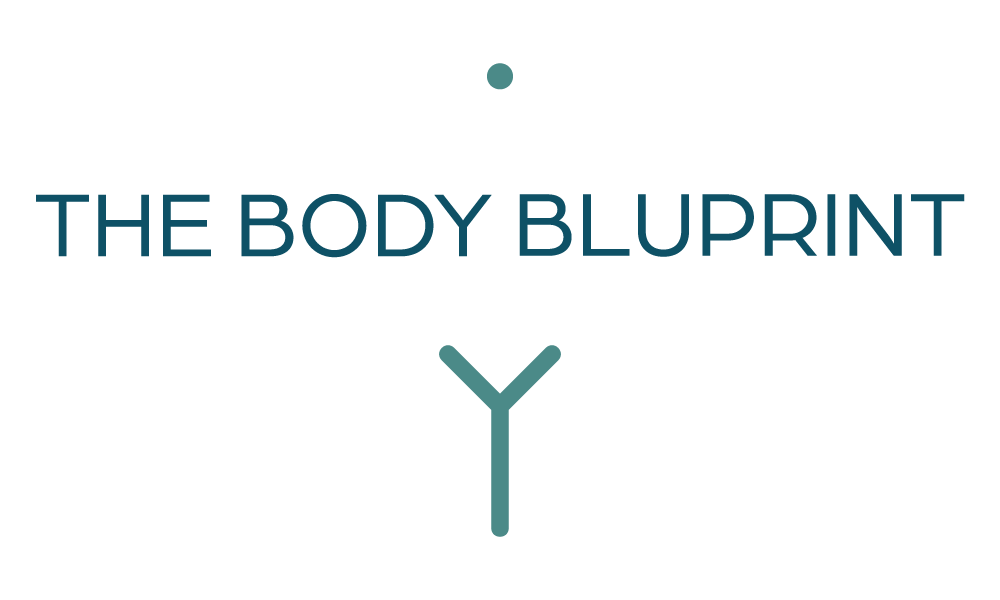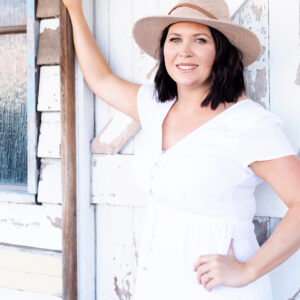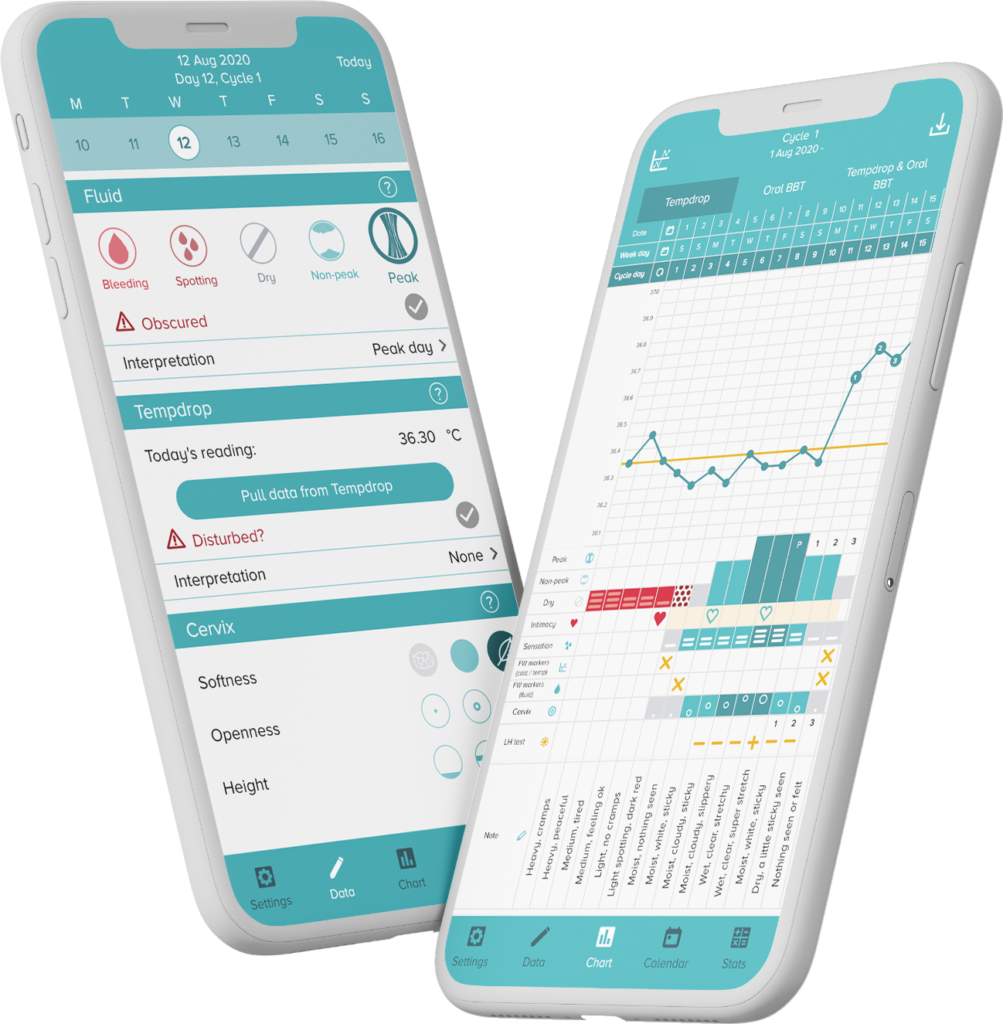So, you’re trying to get pregnant. You’ve timed the baby dance perfectly, and now you’re in the dreaded Two Week Wait (TWW). Suddenly, you notice some tummy niggles. Wait, is that nausea? And what about this spotting? They can be early signs of pregnancy, right? Why is my body playing these tricks on me?
Does this sound familiar?

It’s a story I hear often. Want to know my secret to mastering this tricky phase? Charting your cycles. Let me show you how!
When you chart your cycles, your body gives you…
Clear Signs of Ovulation
When you chart your cycles, your body provides clear signs of ovulation. By monitoring your cervical mucus and cervical positioning, or by integrating LH testing, you can perfectly time the “baby dance.” No more missed opportunities—you’ll know in advance what your conception odds are, based on where you timed intercourse with ovulation.
Confirming Ovulation
You can confirm exactly when ovulation happens—no more guessing games. This is especially important because you can have what looks like a period without actually ovulating. WHAT? … Let me explain.
Throughout the menstrual cycle, estrogen levels rise as follicles grow and develop, moving closer to ovulation. However, not all follicles reach ovulation, and sometimes women experience an ovulatory cycle for various reasons. Despite this, estrogen is still produced during follicle development and works to build the uterine lining. Eventually, this lining sheds, resulting in a bleed.
It’s important to note that this bleed is not a true period, but easily could be confused for one if you weren’t charting your cycles.
Predicting Your Period
With ovulation confirmed, you will know exactly when your period is due. Our menstrual cycle is divided into two phases: the follicular phase and the luteal phase. The follicular phase starts on the first day of your bleed and continues until the day of ovulation. This phase is quite fluid, meaning its length can change from cycle to cycle due to factors like stress, new medication, travel, or illness. As a result, ovulation can be pushed forward or backward within this phase.
The luteal phase, on the other hand, begins the day after ovulation and continues until the day before your next cycle. Unlike the follicular phase, the luteal phase is typically consistent in length each month. This consistency means that once ovulation is confirmed, you can accurately predict when your period will arrive.
Pregnancy insights
You’ll know if your luteal phase is long enough to support a pregnancy. A luteal phase needs to be a minimum of 11 days to ensure there is enough time for the egg to rupture from the follicle, hopefully meet waiting sperm in the fallopian tubes, and then make its way into the uterus where it will find its final resting place in the endometrial lining. This process takes time, and if your luteal phase is too short, the endometrial lining may start shedding too early (period), not giving the egg enough time to implant. Once ovulation is confirmed, you can count forward the length of your luteal phase and make an action plan with a holistic practitioner to lengthen or improve it – if needed.
Monitoring Progesterone Levels
Progesterone is a thermogenic hormone, similar to how a chicken sits on its eggs to keep them warm. After ovulation, progesterone increases your body temperature, creating a warm environment to nourish and support a fertilised egg in the uterine lining. Generally speaking, when your temperatures are within healthy parameters, it indicates that progesterone is functioning well. Conversely, lower temperatures can suggest that progesterone might need support. By tracking trends in your Basal Body Temperature (BBT), you can monitor progesterone levels and confirm ovulation and pregnancy.
And a bonus! With cycle charting, you don’t even need a pregnancy test. If your BBT stays elevated for 18 days or more after you’ve confirmed ovulation, this is considered a sign of pregnancy! Your BBT will tell you everything you need to know. 😍
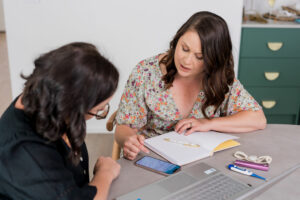
Charting your cycles is the biggest flex on your journey to becoming pregnant. It eliminates so much guesswork, putting YOU back in the driver’s seat and replacing confusion and dread with confidence each month. Honestly, without the knowledge and foresight it provided on my journey, I don’t think I would have been able to navigate this path successfully.
This is just a glimpse of what charting your cycles can do for you on your journey to becoming pregnant.
If you’re ready to overcome the monthly overwhelm, and want to be in control of your fertility journey, I’m here to help. Book a free 30-minute consultation with me here. Let’s make your journey to pregnancy as smooth and enjoyable as possible! 🌺✨
Wishing you balanced hormones & baby dust

Helpful resources
Download my FREE Preconception guide here 👉 Download the Guide
Join my exclusive TTC Community here 👉 Join the community
Book a free 30-minute Fertility Chat here 👉 Book a free chat
Connect with Hannah
Instagram 📱- @Thebodybluprint_
Facebook 🥳 @TheBodyBluprint
I’d love to hear from you! If you have any questions about fertility tracking, the blog, or just want to share your own experiences, please don’t hesitate to reach out below ❤️
Email ✉️ Hannah@thebodybluprint.com.au
If you’d like to learn more about achieving pregnancy with FAM, check out my signature program Transform Your Cycle here, or head to the programs page for an overview of all the supports available.
